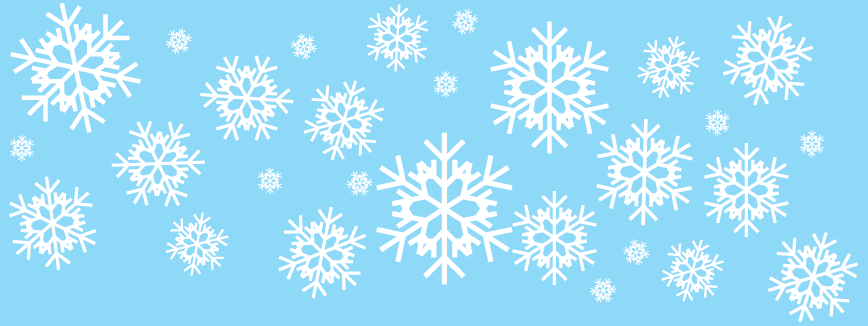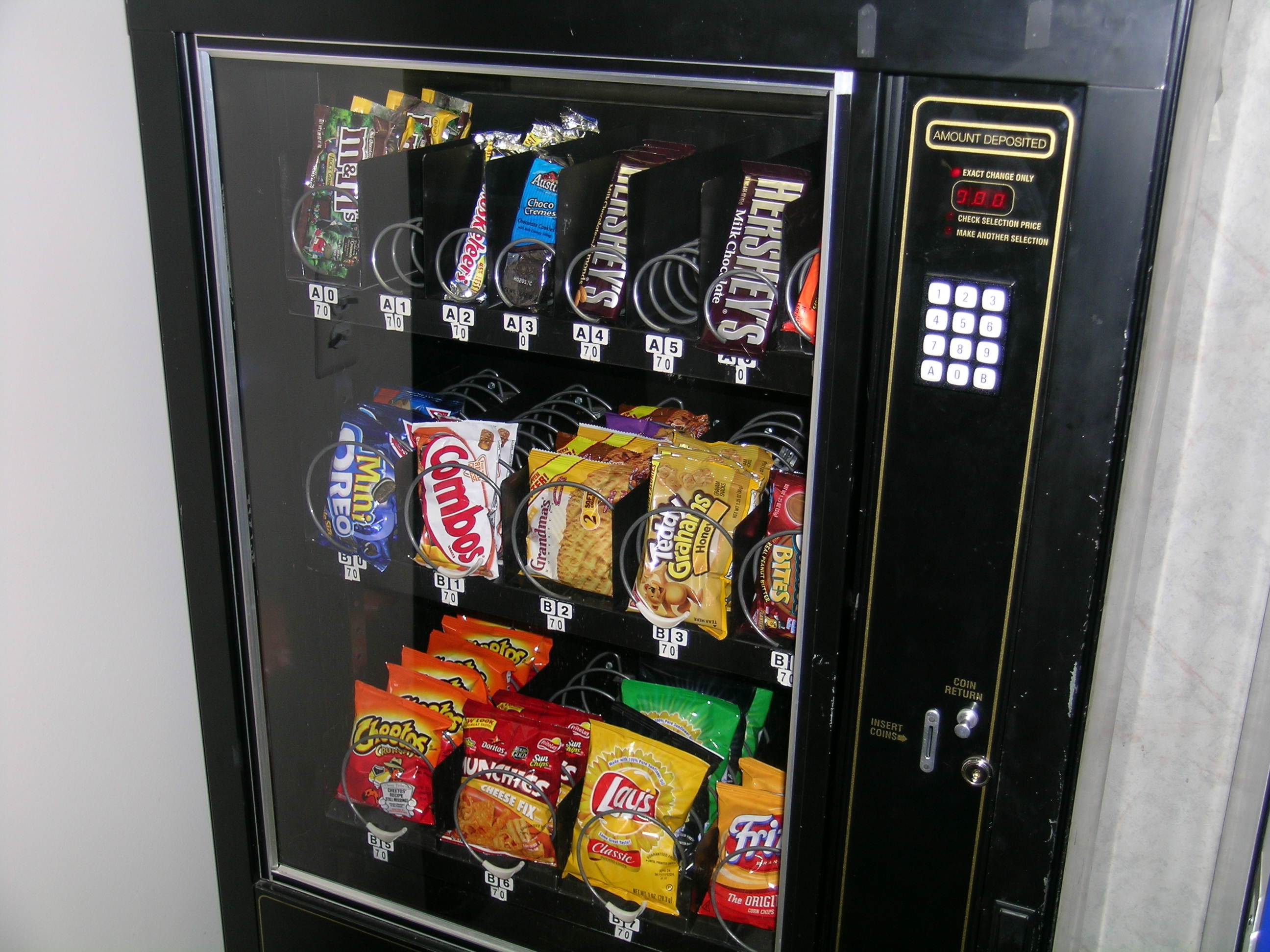BYU costume shop sews successes
By Derek Gurr
A huge swamp thing slides out on stage to join a long-eared draculette, a pear-shaped ogre and a big-headed Frankenstein. These costumes are just several examples of the hundreds of colorful costumes produced this year by the BYU costume shop.
Eric Samuelsen, director of the currently running show “Mysteries of Monster Grove,” commented on the costumes.
“The costumes are extraordinary,” Samuelsen said. “I can’t even begin to tell you how great they are.”
Almost every costume that audiences see on stage represents a careful process of designing, creating, reviewing and repairing. Each costume begins with the design process.
Priscilla Hau has worked as a costume designer for BYU for seven years. In that time, she has worked on a variety of different shows.
“I have done opera, musicals, dance, melodramas and children’s plays,” Hau said.
For every performance Hau works on, she receives a script and reads it, then meets with the director to find his take on the costumes. After researching the time and period of the costumes, she makes sketches and computer renderings to submit for approval. She then picks the fabrics needed and turns everything in to the costume shop.
Hau said it is exciting to see her costumes perform on stage.
“I’m one piece in the whole picture of creating worlds,” Hau said.
The costumes shop is then in charge of taking Hau’s ideas off the page and making them into reality. Workers in the costume shop view the designs and purchase the fabrics and materials needed. The fabric can come from as far away as New York.
Donnette Perkins is the costume shop supervisor.
“Once the designer has designed the costumes,” Perkins said, “these two women, Mary Jane Wadley and Deanne DeWitt, will make patterns for things that need to be built. You can’t go out and buy a swamp thing pattern at JoAnne’s . . . those patterns have to be created.”
Each costume is first developed in a cheaper off-white material called muslin. The performer will come in and try on the costume while costume shop personnel make any necessary changes. The costume will then be taken apart, changes will be made and then it will be reassembled in the genuine material.
“We actually make every costume twice,” Perkins said. “In the first fitting, it’ll be in muslin and in the second, it will be the actual costume they wear on stage.”
Once the costumes are built, they are soon put to the test during dress rehearsals. Both designers and builders attend the dress rehearsal to take notes and see how their work fares on stage. In “Mysteries of Monster Grove,” the witch’s dress was recalled because the back side was “too flat.” The werewolf costume also made another appearance in the shop because the fur wasn’t hanging evenly down both arms.
The complexity of the costumes varies from very simple to very complex. Perkins mentioned one particularly interesting costume done for a play called “Dial M for Murder” a year ago.
“This guy had to come into the room in his trench coat, then the woman stabs him in the back and blood comes running out and he’s got scissors sticking out of him,” Perkins said. “We had to figure out how to make that happen.”
Once the performance is over, each costume is put away for future stage use. Unfortunately for some, the costumes aren’t available for rental.
“It’s not a Halloween shop,” Perkins said. “It’s a very serious process that takes a lot of time and a lot of skill.”
This article was published on May 27, 2010 by the Daily Universe, BYU’s student newspaper sponsored by the BYU Department of Communications.




